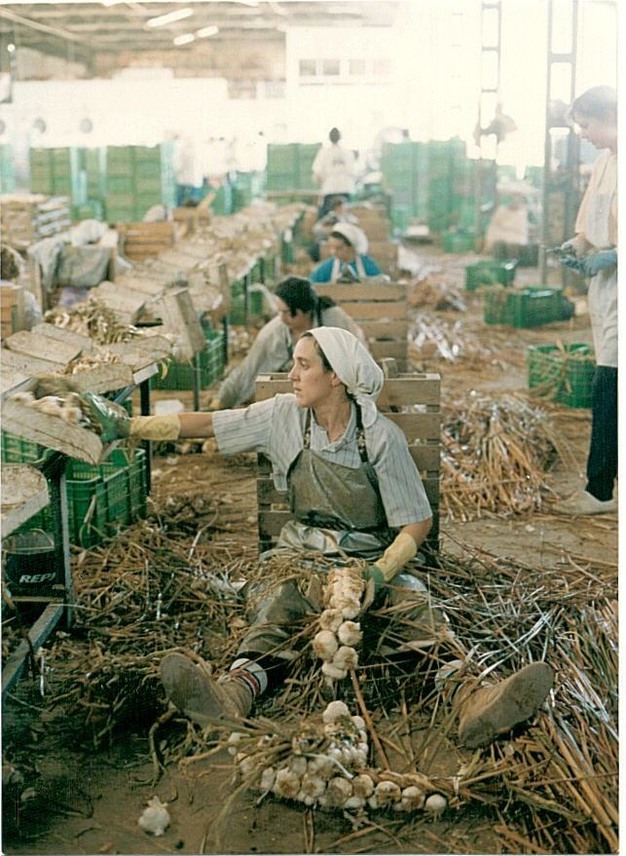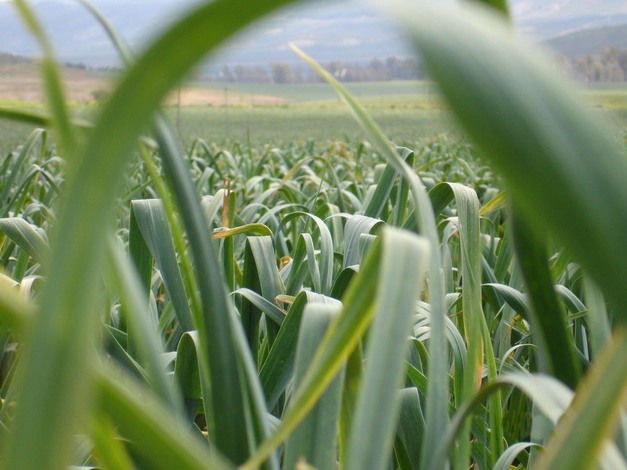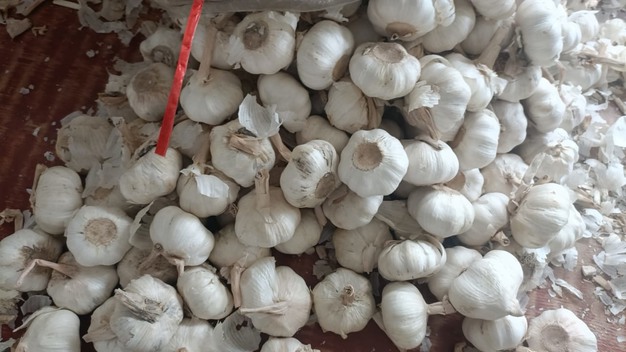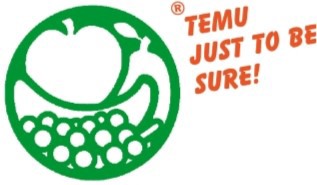Last week, the garlic division of the Spanish growers' association Asaja reported that about 30% of the garlic in its fields won't be harvested due to the impact of the persistent rains recorded in late May and early June. "I don't have access to exact figures, but I have heard that in Cuenca, the main garlic-growing area in Spain, there are a lot of issues due to the water in the fields," said Alexis Mul, owner of Temu BV Holland and Ibergarlic SL Spain, from Cordoba, Spain.
In the Cuenca area, almost all the garlic has been hit by rainfall, but in the Cordoba area, much of the garlic has been saved from water damage. This is largely due to the fact that garlic in the Cordoba area is always harvested several weeks earlier than in the north, and in view of the impending rainfall, a lot of workers were sent into the field to harvest as much as possible.

"The region around Cordoba is the second largest growing area. The problem here is drought, which brings uncertainty when it comes to irrigation options. Not knowing whether you will have enough water for the next season can obviously shape your planting plans."
This winter, especially here in southern Spain, there has been much speculation about the possibility of not planting garlic for the next season because of the uncertainty regarding irrigation. Despite the fact that there was still quite a bit of rainfall (also in the south), the average reservoir level in Andalusia doesn't currently exceed 24%, so the uncertainty remains.

Still, according to Alexis, quite a few growers in Cuenca started harvesting Spring garlic in time, just before the rains. "But for Morado garlic, which is the later variety, the situation will be a bit more difficult. It rained just last week. Also, the industry won't be able to do anything with much of the garlic that is not suitable for the fresh market. However, the drop in yields will certainly help get the price up, because I don't see other origins filling the gap right away. By the way, I don't think Egypt will become a key player in the dry garlic sector in the near future."
Thus, things were done on time here in the south, but not in the Cuenca area. The garlic will be suitable for the industry, but if an entire field contains only industrial quality garlic, the grower might certainly decide not to harvest that field.

The garlic marketed by Temu comes mostly from China. "The quality of Chinese garlic is quite good this season and the price is currently about 10 to 20 percent higher than last year. The Spanish production is about 80 cents more expensive than last season. Maybe Argentina could take advantage of the situation, now that Spanish garlic is getting so expensive," said Alexis.
"Since our conversation, I have learned from my colleague that the quality of Chinese garlic is not the best, because a lot of rain was also recorded there before the harvest, and as far as I know, all Chinese garlic is affected by black spots on the skin. The question of course is whether the market will settle for that this year, if there are no good alternatives," said Alexis.
For more information:
Alexis Mul
Temu BV Holland
Hazenkoog 17a
1822 BS Alkmaar
Tel: (+31) 72 5673100 (The Netherlands)
Tel: +34 676 556564 (Spain)
info@temu.nl
www.temu.nl
